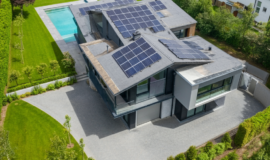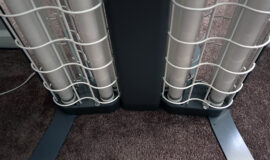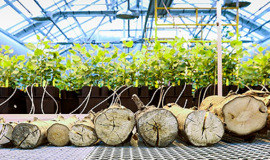Solar Panel Resurrection – Recycling Solar Panels
By now we all know the benefits of using PV system to generate energy – renewable energy, reduction of greenhouse emissions, low maintenance of the PV system etc. It is a sustainable energy source that delivers energy to our homes. However, what happens to solar modules when they fail to perform efficiently?
Can solar panels be recycled? In a word – yes! The solar industry prides itself on sustainability, so there must be a way to reuse old PV panels and keep the landfills from overflowing with modules. In the next section of this article, we will talk more about recycling different types of PV modules.
Silicon solar modules, which are most used, are primarily consisted of glass, plastic and aluminium – the three materials that are already recycled in mass quantities. The process of recycling silicon-based PV panels begins with disassembling the panel to separate the aluminium frame and the glass. Almost 95% of the glass can be reused, while the external metal parts are used to form new frames for the panels. The rest of the materials are placed in a heat treatment unit under a temperature of 500 degrees Celsius. In order to facilitate the connection of the elements of the cells. Due to the extreme temperature, the EVA layer evaporates, leaving the silicon cells ready for further processing. After the thermal treatment, the recycled hardware is physically separated. 80% of these materials can be reused, while the rest is further processed. Silicon particles are engraved with the help of acid. The broken particles are melted to be reused in production of new modules, resulting in 85% silicon utilization.
Unlike crystalline silicon panels, thin film panels are drastically processed. The first step in recycling these types of panels is destruction of the panels themselves. When destroying the panels, we need to make sure that the particles are not bigger than 4 or 5 mm, ie the size at which the lamination that holds the materials together penetrates.
In contrast to silicon solar panels, the other substances in these panels consist of both solid and liquid materials. A rotary screw is used to separate these materials, which basically keeps the solid parts from rotating in the tube while the liquid drips into the container. The liquids then go through an additional purification process. The final result then goes through metal processing to completely separate the various semiconductor materials. On average, 95% of the semiconductor material is reused. Solids are contaminated with so-called interlayer materials, which have a lower mass and can be easily removed. The material then goes through a purification process. The result is clear glass, saving 90% of reusable glass surfaces.
With the increased installation of solar PV systems, the recycling of PV modules should be more widely implemented. Once that is established, there will be several positive factors and new opportunities in the economy. Not only will many new job opportunities open up, but new solar panels will be available without the need to invest in raw materials.





